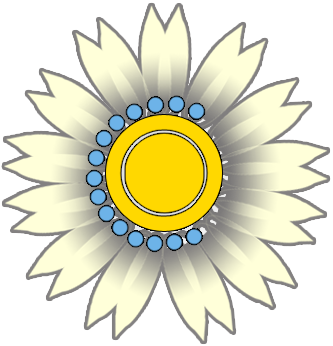Understanding Steroid Phobia, Myths & Topical Steroid Withdrawal Syndrome
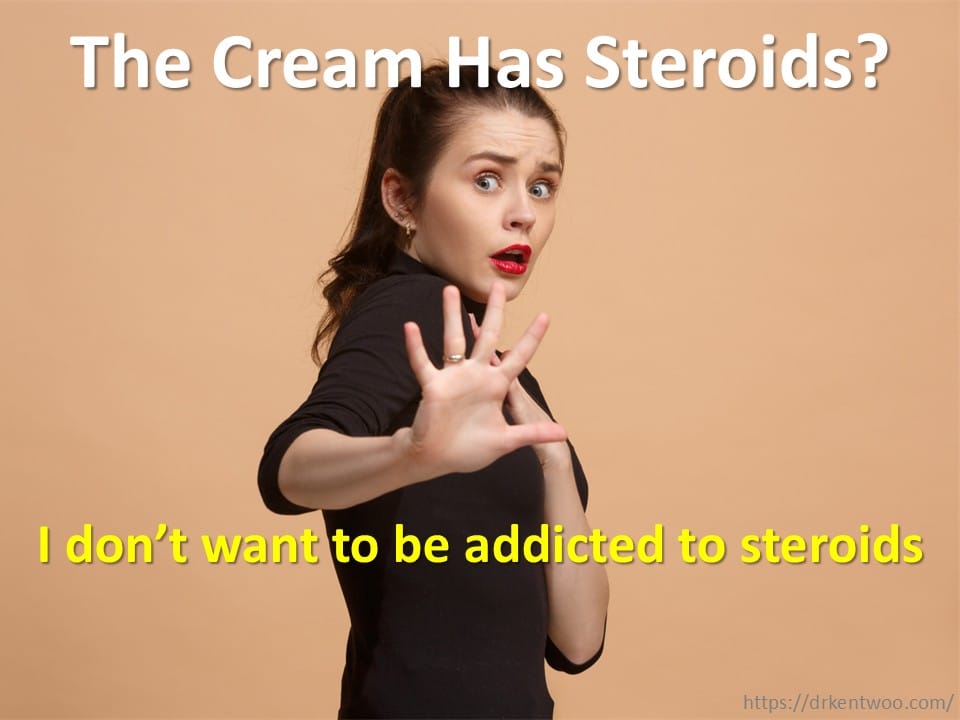
Does the Cream Have Steroids?
Doctor, I don’t want steroid cream
“Doctor, we tried all your treatments, and it didn’t work!”
Me: “Did you use the medicated cream I gave you?”
(Silence)
This is a daily conversation I have with eczema patients.
There’s a growing phenomenon where people with eczema refuse to use topical steroids—even when they’re medically necessary. There’s a name for it: Steroid Phobia.
And it’s something we need to talk about.
Sometimes the fear comes from a well-meaning friend.
Sometimes it’s from something written in a social media group.
Most of the time? People are afraid. They believe topical steroids might make their eczema worse. That steroids just “mask” the problem.
And when I bring up topical steroid addiction or withdrawal syndrome, they’re shocked I’m even willing to discuss it.
Yes—topical steroid withdrawal syndrome exists.
>Yes—I’ve seen it.
>Yes—I’ve helped patients recover from it.
And yes—many people suffering from it have had their concerns dismissed by other doctors.
I’m going to get lots of hate. But here’s what you won’t hear on social media:
📌 It doesn’t happen to everyone.
📌 It’s rare.
📌 It typically involves prolonged use of potent steroids—not mild ones like hydrocortisone.
In fact, many people who believe they have topical steroid withdrawal actually have undertreated eczema.
So let’s clear the air—
First, by busting some myths.
Then, by talking about the real (but rare) condition known as Topical Steroid-Induced Red Skin Syndrome.
What Is Steroid Phobia?
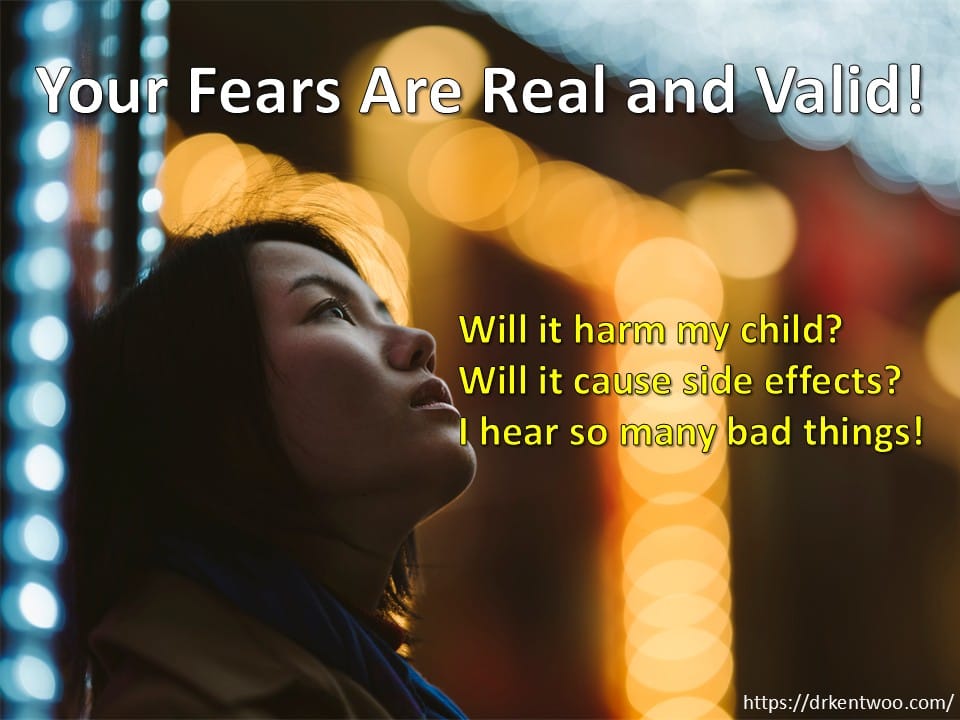
Steroid phobia is the fear or reluctance to use topical corticosteroids due to perceived risks. And I completely understand, this fear feels very real to many patients.
👩👧 Parents are terrified it might harm their kids.
😰 Adults worry it will permanently thin their skin.
📱 And social media? It’s overflowing with scary stories, but not a lot of science.
The problem?
This fear often leads to undertreatment—and undertreatment leads to worsening eczema, unnecessary suffering, and even more fear.
Common Myths About Topical Steroids (Let’s Bust Them)
❌ Myth #1: “Steroid creams shouldn’t be used on broken or weepy skin.”
False.
Cracked, broken skin is common in eczema—and that’s when topical steroids are most needed to calm inflammation. Yes, absorption may increase, but when used correctly, they’re safe. If we suspect infection, we’ll add an antibiotic.
❌ Myth #2: “Topical steroids will stunt my child’s growth.”
Also false.
Topical steroids are not the same as oral or anabolic steroids. They’re minimally absorbed into the bloodstream—especially in standard use. In fact, untreated eczema can affect growth more than the cream itself.
❌ Myth #3: “Steroids change my skin color.”
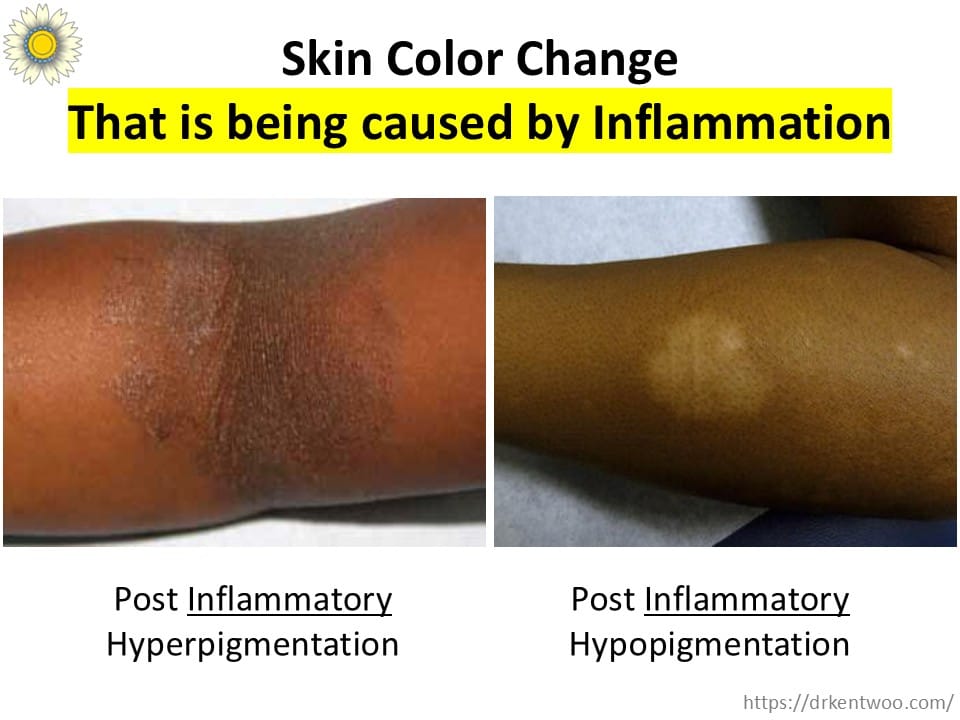
Rare—and usually not from the cream.
Untreated inflammation is the bigger culprit. Longstanding eczema can lead to dark or light patches (post-inflammatory pigmentation). Treating early with steroids can actually prevent this.
❌ Myth #4: “Steroids will make me hairy.”
Extremely rare.
In some cases, long-term use may cause temporary fine hair growth at the treated area. It’s uncommon, and it goes away after stopping the cream.
❌ Myth #5: “Steroids slow down me (or my child) outgrowing eczema.”
No evidence.
Steroids don’t influence whether someone “outgrows” eczema. They help manage inflammation and keep things under control—without changing the natural course of the disease.
❌ Myth #6: “If I just moisturize more, I don’t need steroids.”
Not true.
Moisturizers (emollients) are essential—but once the skin is red, itchy, and inflamed, you need an anti-inflammatory. That’s where topical steroids come in.
❌ Myth #7: “You should only use a teeny-tiny bit.”
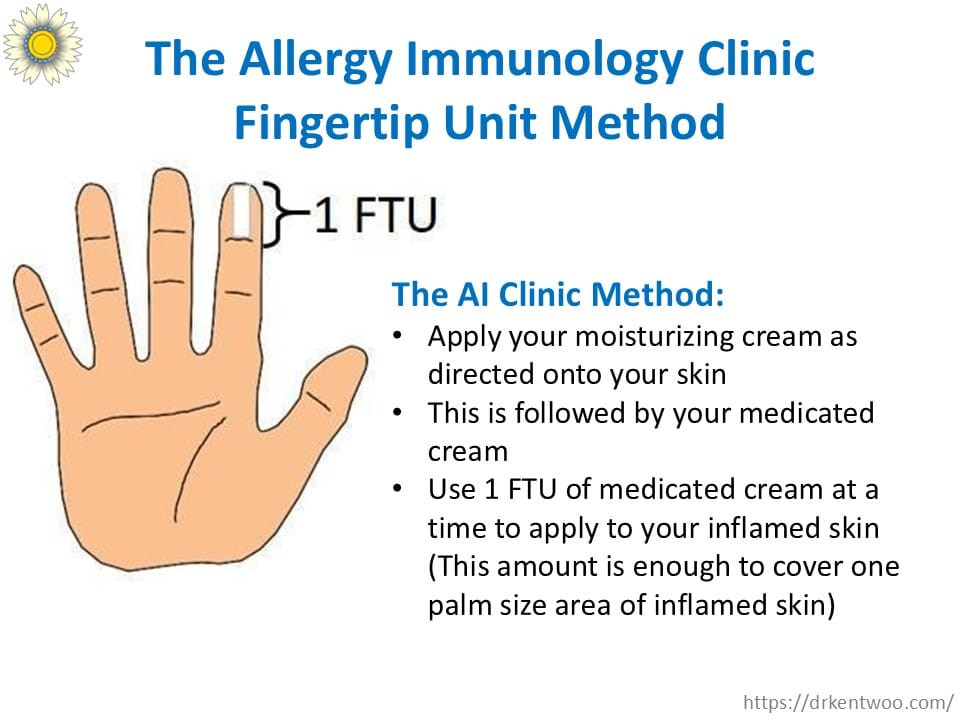
Please don’t underdose.
Yes, apply a thin layer—but it has to cover all the inflamed skin. At the Allergy Immunology clinic, we use our AI Fingertip Unit rule: one fingertip of cream of our medicated cream treats one hand-sized area. Too little, and the cream won’t work. Then people wrongly believe steroids “don’t help.”
When It’s Not Just Fear—But a Real Condition
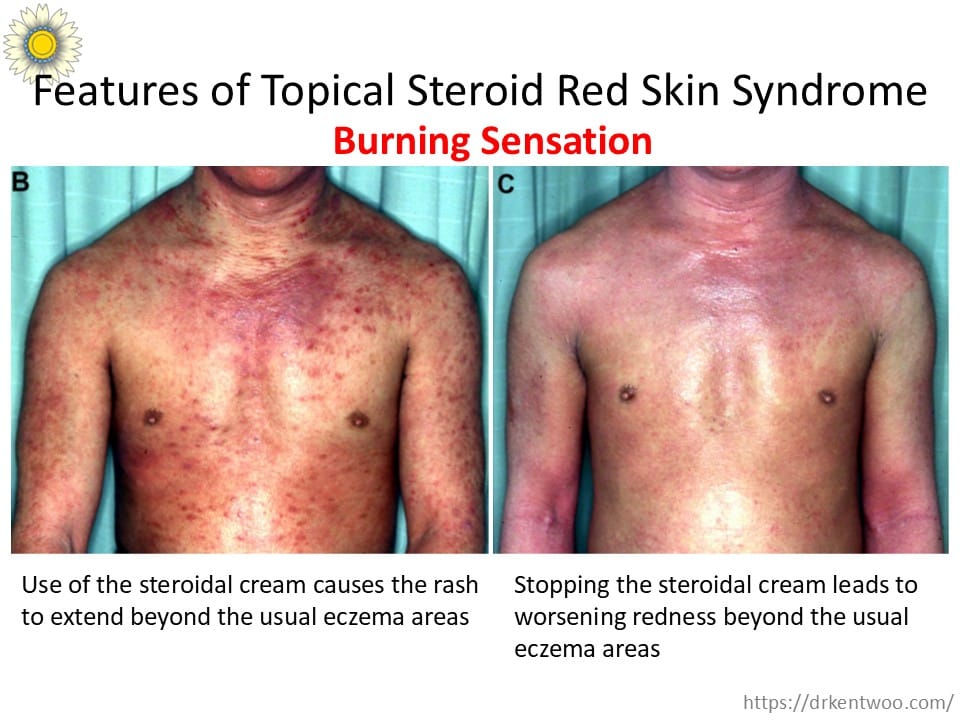
Let’s shift gears.
There’s a condition that is very real, but often misunderstood or misdiagnosed:
I prefer to call it: Topical Steroid-Induced Red Skin Syndrome.
Some people call it Topical Steroid Addiction or Withdrawal Syndrome, but I personally find those terms misleading.
Why?
Because it’s not really an “addiction.” It’s more of a delayed adverse reaction that happens in rare situations of overuse or inappropriate use.
What Is Topical Steroid–Induced Red Skin Syndrome?
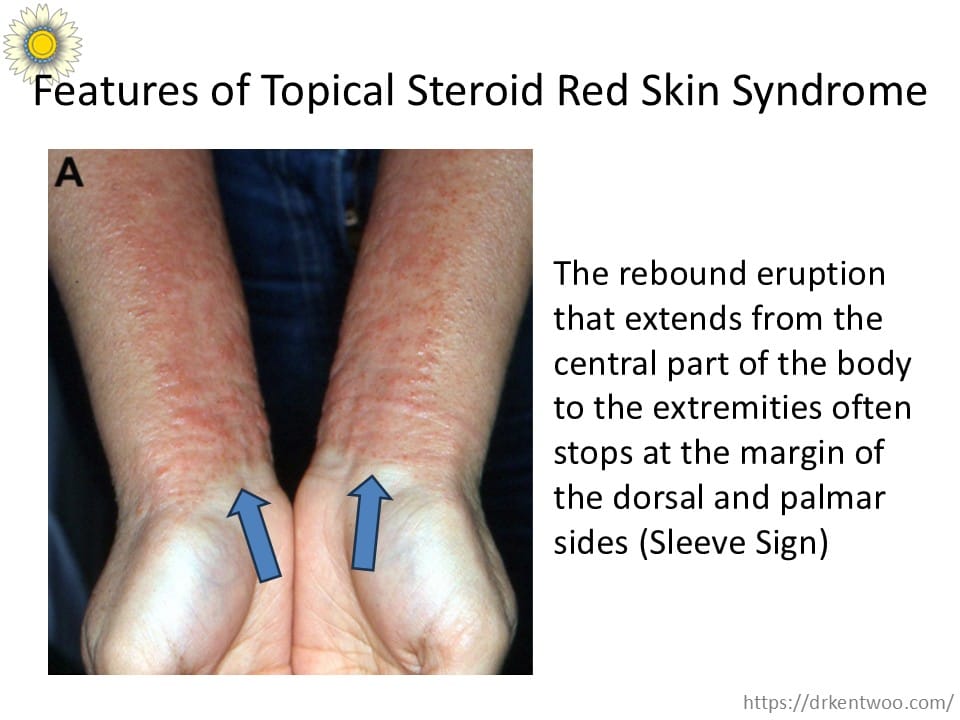
This is when continued use of medium to high-strength topical steroids causes the skin to become redder, more sensitive, and increasingly dependent on stronger creams.
Here’s how it usually unfolds:
Patient uses a medium-strength steroid.
No response. So they try a stronger steroid.
Some initial improvement.
But over time, the skin becomes worse, even with continued use.
When they try to stop—boom—the skin flares up even worse than before.
🚨 Signs & Symptoms
🔥 Red, burning skin (not just itchy)
🌊 Oozing or weeping areas beyond the original eczema zones
🌡️ Feeling feverish or cold (skin can’t regulate temperature)
📈 Rebound flare-ups in areas that never had cream before
It’s confusing. Even doctors can miss it.
That’s why many people feel dismissed or misdiagnosed.
Who’s at Risk?
Long-term use of potent steroids
Use on sensitive areas like the face or genitals
Daily, frequent use without breaks
Abrupt stopping after months (or years) of continuous use
Interestingly, children are less likely to develop this compared to adults.
Should You Be Worried?
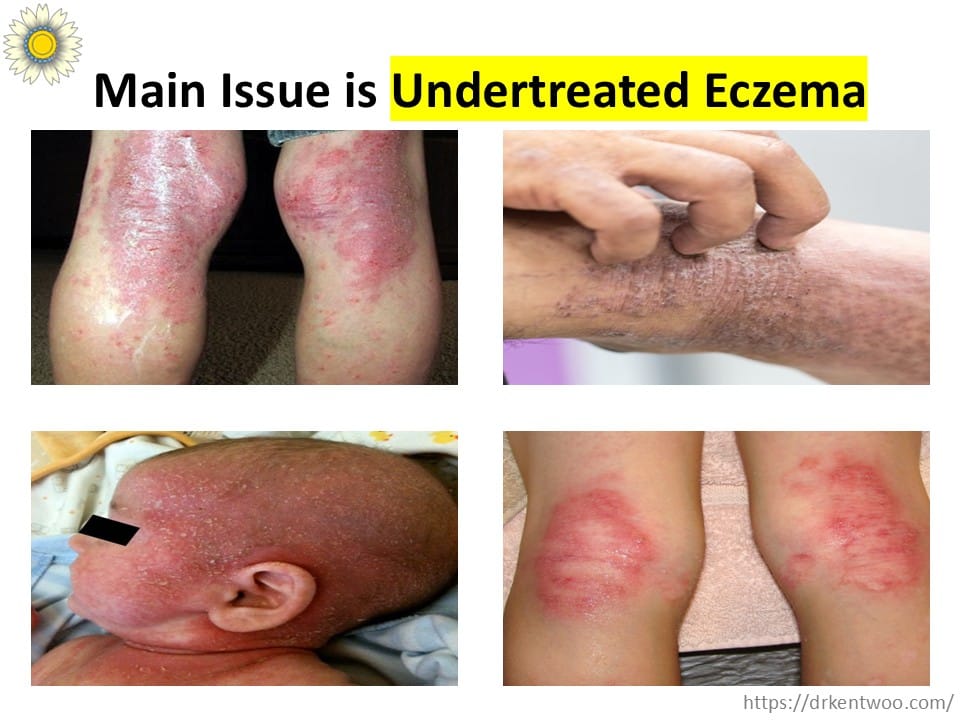
Let’s keep it real:
Topical steroid red skin syndrome is real.
But it’s rare.
Most people who use topical steroids don’t get this condition.
And many people who suspect they have it may actually just have severe, undertreated eczema.
This is why working with a doctor trained in eczema management matters.
The Allergy Immunology Clinic is here to help, we are here to provide proper treatments and we are always on the look out for any side effects from the treatment.
What to Do If You Suspect It
✅ Get evaluated by an Allergy Immunology Specialist—not just a social media group
✅ Stop strong steroids gradually under medical supervision
✅ Use alternatives (non-steroidal immunomodulators, oral meds)
✅ Prepare for rebound—it can take weeks to months to recover
✅ Emotional and psychological support is essential—this process can be stressful
Information You Can Use
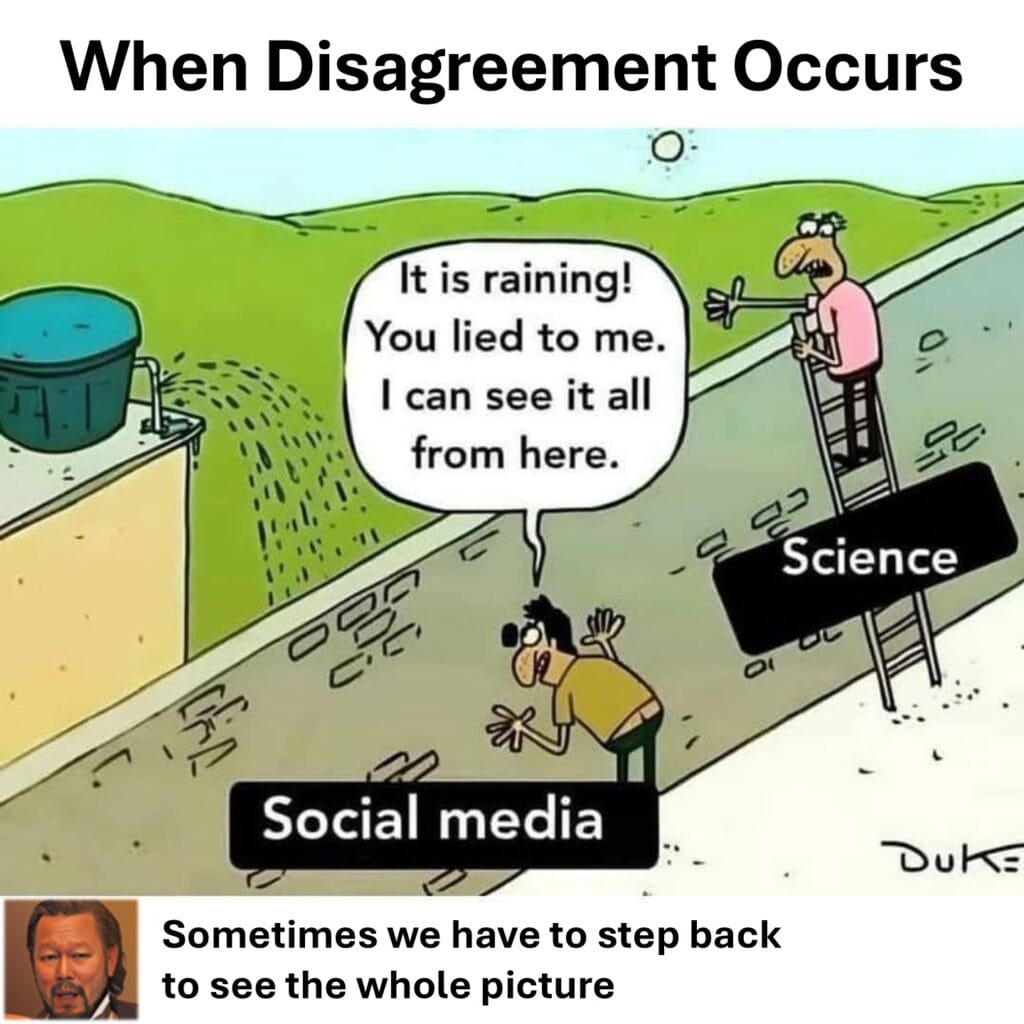
Fear of steroids has led many people to suffer longer than they need to.
But fear should never be louder than facts.
Yes – steroids have risks, especially when misused.
But untreated eczema? That has risks too — skin infections, loss of sleep, reduced quality of life.
What I want for you is…
💡 Confidence, not confusion.
🛠️ Tools, not fear.
✨ Control, not chaos.
Let’s have an open, science-backed conversation.
Let’s treat your skin—not just your fears.
📌 [Click here to: Learn about Moisturizing Tips For Eczema That Works]
References
Fukaya M et al. Topical steroid addiction in atopic dermatitis. Drug Healthcare and Patient Safety. 2014;6:131–138.
Taibjee S, Charman C. Steroid Phobia. British Association of Dermatologists.
National Eczema Association. Task Force on Topical Steroid Addiction and Withdrawal.
Hengge UR et al. Adverse effects of topical glucocorticosteroids. J Am Acad Dermatol. 2006;54(1):1–15.
Rapaport MJ, Lebwohl M. Red Burning Skin Syndrome. Clin Dermatol. 2003;21(3):201–214.




